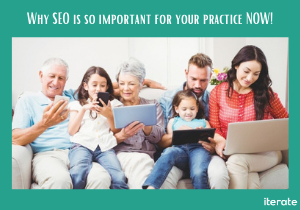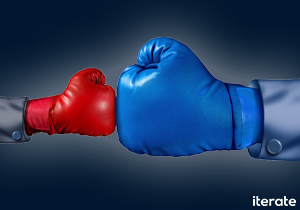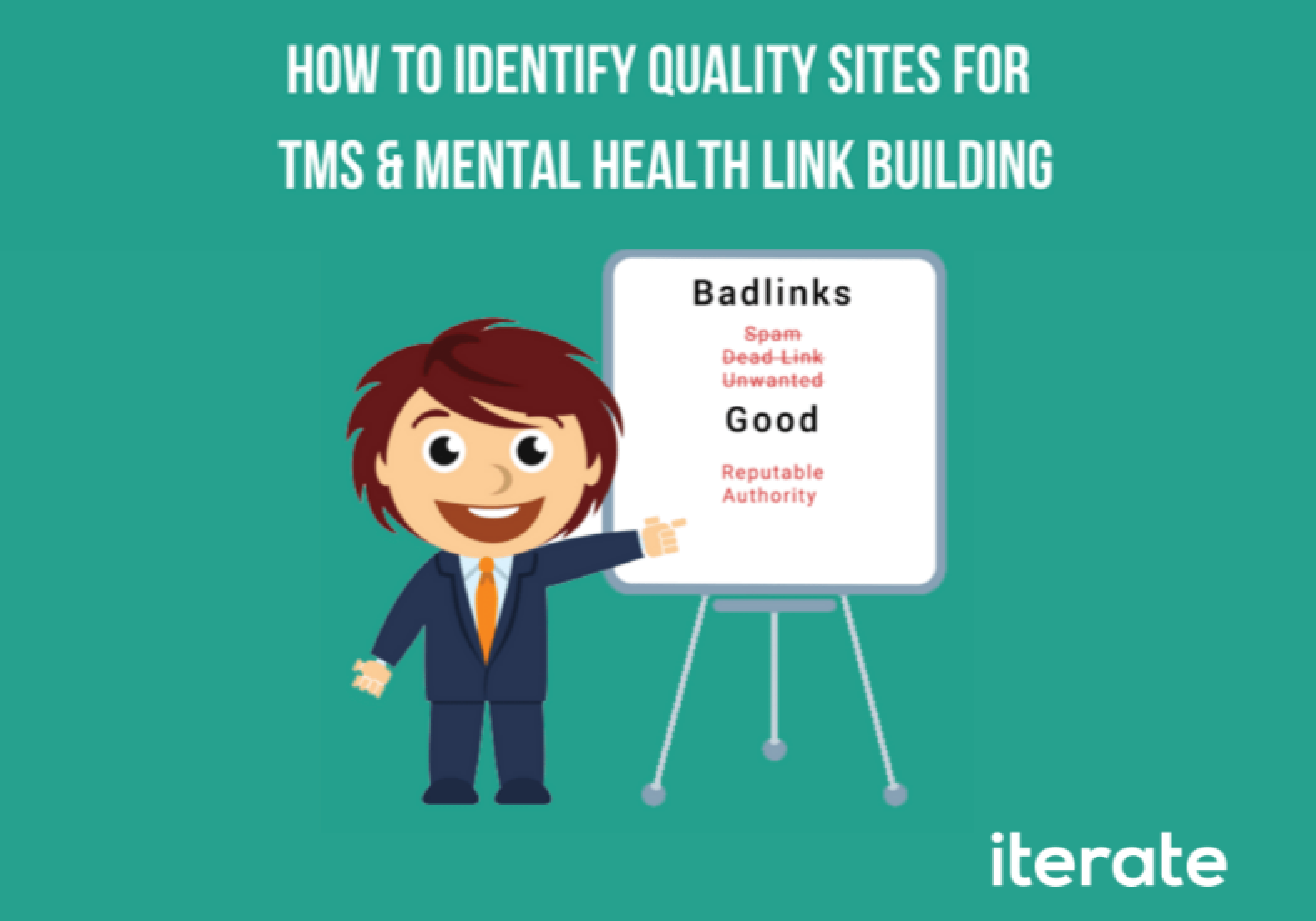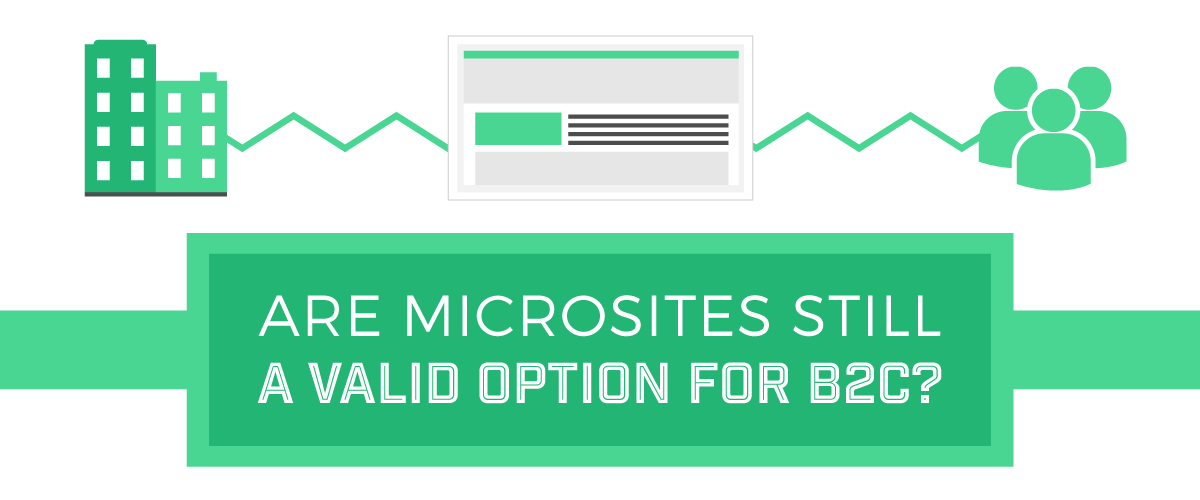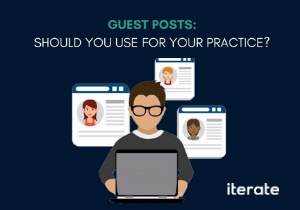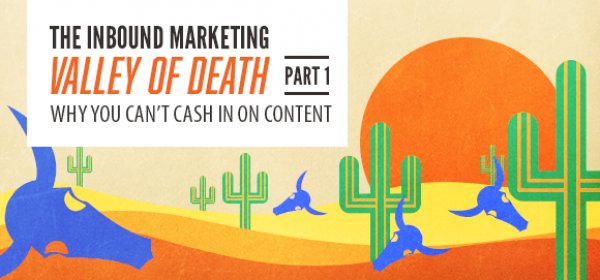Easy approaches to get user attention or:
How I got you to click this
In the field of digital marketing. Neuromarketing enables us to improve conversions. Why not game people to produce the ranking signals thatGoogle tries to monitor to assess relevance?
With Neuro Hacks and growth hacking being all the rage, however, we SEO’s may find ourselves no longer the ‘golden geese’ of the “quick and easy ways to make millions” crowd. The attention is shifting away from the search engines and back to the users in the equation, and SEO is once again being left out in the cold.
Don’t fret, the value of SEO is proven, and you can use these 13 hacks to game the system without dusting off your ol black top hats of pre-Panda yore. Or trade it in for a classy gray fedora as I have.
Neuromarketing is all about leveraging cognitive bias, and neuroSEO is about leveraging cognitive bias to the benefit of factors search engines monitor. While our brains only take up 2% of our body mass it can actually hog up to 20% of our daily energy use (more than any other organ). Our brains distinguish our humanity. But in order to survive we all come with prepackaged features that help us save energy. The cognitive short cuts lend us the ability to make split second decisions based on previous decisions or habits. Neurohacks show us how to game the underlying paradigms of these energy-saving cognitive shortcuts.
The end goal of SEO is to create a virtuous cycle where users.
1) are more likely to click on our SERP listing
2) don’t bounce on our pages or pogo stick over to the competition
3) convert more often (buy a product or submit their information to be contacted by a salesperson)
4) Come back later and repeat the cycle.
Ideally, this effect will compound on itself so that we continuously grow our market share.
Check out these 12 (& ½) useful paradigms I’ve borrowed from the CRO world that you can integrate into your SEO strategy.
Use The Mimicry Effect
Numerous stories confirm the power of the mimicry effect, and you’ve probably heard it before. Basically, the mimicry effect tells us that when salespeople speak and act similarly to consumers, they tend get more cash out of them. Since trust is such a key part of transactions we need to be sure we’re building as much trust as possible through our SEO efforts – by showing our users that we think and act the same way that they do.
Application:
Make sure that everything on your site copy, title tags, meta descriptions, and videos- talks, walks, and acts like your customers. Make sure that at every opportunity you are on their level, but not talking down or condescending your customers through a cheap imitation.
This will earn you more click-throughs and longer stays on site, which ultimately leads to cash money!
Harness The Draw of Emotional Appeals
Studies make it clear that emotional ads and emotive headlines make the best campaigns. If you want people to convert, to be moved, to care, we must leverage emotional hooks.
Application:
Site copy shouldn’t be dry or technical, at least not on the pages where you are seeking to draw in new customers. Instead, they should fully translate the excitement and ease of your product to your customers. If there is room, title tags for these key pages are another great place that you can also get people emotionally revved up to click, stick around, and buy!
Give social proof
It’s no secret: people trust other people, not brands. To be exact about 83% of the population trusts the opinions of their friends and people they know when making a purchase, 66% trust online sources. Making people feel like they are with the crowd – and then giving confirmation from the crowd on their purchases – will have a massive impact on your sales, brand popularity, and, ultimately, the success of your business.
Application:
Social proof is the ultimate purchasing cue. Make sure that people are able to see reviews, shares, and if their friends have made a purchase, and share the same info with others. Make sure that social share buttons and reviews are clearly apparent, nothing will assure users more quickly than the recommendation of a friend.
More broadly, you can leverage social proof in subtle ways. For example, don’t talk about selling the best carpentry tools, but the carpentry tools used by the best craftsman, or the carpentry tools that have been preferred by craftsman for years. By turning the focus away from the product and towards the consumer, you will be able to do more than sell a product – you will be selling the solution that will help them become the person they want to be. That’s how you gain lifelong customers!
Push The Urgency Bias
I don’t know if you’ve realized it yet, but humans are irrational. We all care so much more about missing out than we do about gains. Since we all hate to lose out, you can often urge people into making a decision quickly if there is a short time frame involved.
There are two types of urgency cues that we can use to spur loss aversion and urge users to make a decision. (Obviously this will work better on extroverts and D and I’s than S’s and C’s in the DISC profile, but that’s still a large chunk of the population.) You can create real urgency (through limited runs that will actually be gone forever) or implied urgency (only 2 left in stock, get it by Monday or wait 4-6 weeks) – these all make people act. Especially combined with the fact that you’re running a price promotion because of a shopping promotion.
Application:
Create site copy, shopping experiences, or meta descriptions that emphasize the following aspects of the sales process:
- Low Stocks: “Only 4 pieces left!” You can create artificial scarcity and loss aversion by prompting users to believe this is their last convenient chance for a while to make a purchase.
- Time Encapsulated Promotion: Christmas sale ends Tuesday! Nothing will get users to pull the trigger more than the realization they may be losing cash if they wait.
- Shipping Time windows: “Order before 5 and get it Tuesday!” While this is more of time constraint, you could stack onto any of the other strategies. It also plays on people’s sense of loss, I will lose out on the chance of having it then if I don’t get it now.
- Purchasing Interest: “6 other shoppers saved this item!” This is especially valuable when stocks are limited. You’ll see this used often in real estate – the knowledge that other people have saved an item creates a sense of social proof, urgency, and supply constraint, all excellent items to leverage!
Utilize Confirmation Bias
Have you ever heard that people “never change?” The fact is that people like to seek out the information that confirms their opinions. If we appeal to our audience’s egos in the proper light we can keep them on the page longer, and keep them coming back.
Application:
We can usefully leverage site copy to reinforce the perceptions our audiences already hold about themselves. This pulls 1-2 punch with the mimicry effect, but confirmation bias should also shape what content we make: Make sure that you’re writing content in the shoulder niches that confirm the interest and trust of your current consumers.
Avoid Discounting Dilemmas
Often, consumers associate discounted items with lower quality. Ever hear how you get what you pay for? Well, even if you just want to undercut the competition there needs to either be a legitimate reason for the lower price (think holiday shopping or specific discount) or because you’re trying to help your customer out. Otherwise the inclination will be to think, “Oh these must be the goods that fell off the pallet.” Worse still, consumers that pay discounted rates tend to be more critical of products and experience anyways.
Applications:
If you’re going to run promotions, then do them right and you can step on your competitors toes without scuffing your customers sneakers. I’d recommend using site copy, email mailers, and meta tags to fully leverage this strategy. Obviously there are more CRO applications here but it can be a viable SEO strategy.
- Make sure that deals are seasonal or at least have some kind of reason backing them. This will let you promote the item more intuitively and not look like a price gauger the rest of the year.
- Future discounts or promotions. Obviously this is more of a push factor than a pull factor, but the for some verticals where customers are likely to get in the door getting them to adopt your goods or start buying from you for future discounts and incentives can be an excellent strategy to get people to check out.
- Sell Bundles. This one just comes back to decency and actually making sales calls a win/win. If you’re going to sell some discounted goods bundling can be a good idea. Sure people love getting free stuff, but if you’re setting up users with kits or everything they’d need they’ll feel like you’re taking care of them.
The “Sick Gains” Principle
Be sure to always spoil your customers with more product, not discounted product. People would rather have 50% more than get something 33% cheaper. While this is just an offshoot effect of Neuro Hack #10 the “Discounting Dilemma” the cold fact is this: People really don’t think they’re getting a killer deal so much as an inferior product. If you can, you should package things as a “buy 2 for the price of 3”, or “Now With 20% More” bundle.
Application:
Remember, you are your customers friend and trusted advisor. Leverage your site copy and meta descriptions to get that point across. Remember, where possible you’re not charging people 30% less for the same thing, you’re giving them 10%, 15%, and 30% more free. Read on and do the responsible thing and take advantage of how most of us do math to leave both parties feeling better, and avoid making your customers feel like you’re price gauging the other 11 months of the year.
Hot Hand Effect
Ever been on a winning streak? Ever been on a losing streak? While the latter is just superstition or pessimism, a winning streak is the hot hand effect. People think that a winner is more likely to win again, or keep winning
Application:
You’ve probably heard the admonition to make your customers the hero in their product journey. But the neurological underpinnings are far more compelling. People not only want to be on winning streak, they also think that if they go along with winners they’ll be more likely to win.
Site copy and meta descriptions can easily tow off of social proof to reinforce the hot hand effect. Luckily you can drive home that you’ve been winning using this product – and your users are likely to win too. Ever get sucked into one of those “How I Make 40k in 3 Months” articles about marketing? That’s the hot hand effect in action, and it works!
Attention Bias
Familiarity actually pays: the more familiar and visually recognizable your brand is to consumers, the more likely you are to gain the clicks throughs & ultimately conversions that will lead Google to associate your site with keyword relevancy.
Application:
Engage in Content Marketing, Digital PR, AdWords, and Social Ads, but make sure that you have a consistent brand message across all platforms to make your brand instantly recognizable to your target market. The Meta description is an excellent place to communicate this- by having a consistent message as your description in search engines, you can reinforce your image time and time again.
Comparison Bias
If you find yourself selling a similar product with different price points, there is bound to be traffic on people looking for comparison. This would be an area for well optimized content, but the fact is that people are better able to differentiate options and make decisions when they are side by side.
Application:
Control the conversation. Customers are less likely to shop around when they feel like they can distinguish products easily, do a side by side between you and the other guys.
Want extra brownie points? Introduce the decoy effect: leverage a third option to make your product or service to look like the more reasonable or desirable option – compare your item, a competitor, and a third optio designed to make yours look even better. This lets you increase your brand share and familiarity with consumers, again so that you can build stronger ranking signals in the long term.
Problem Solving Bias
1 in 3 people purchase to gain something, but 7 out of 10 buy to solve a problem. Luckily you have the solutions to all your customers problems, right?
Application:
Make sure that site copy, title tags, and meta descriptions focus on problem solving for the clients. Remember, it’s not about their brand new shiny toaster, it’s about how their shiny new toaster is a permanent solution to bland untoasted bread and mismatched kitchen decor.
Price Framing
People prefer 3 easy doses over a horse pill. A large part of sales success can be driven by how you frame purchases for your users. Think about it, you could sell an item for 60 a year or 5 a month.. Which would you rather buy?
Applications:
Obviously this won’t work for every industry. But you can utalize site copy and title tags to push users towards conversions and clicks, especially if competitors look like their gauging you on price.
The Availability Heuristic
Ever have something fresh in your mind? Humans are significantly more likely to notice and remember something that recently came to their attention. Humans are just more likely to remember things they’ve seen more recently r stuck out to them. You know the saying the tallest nail gets the hammer or the tallest blade of grass is the first to get chopped, that’s the availability bias. When things stick out “like a sore thumb” they have a tendency to be remembered.
Application:
Make sure your title tag copy is different from the competition, actually googel your product, see how everyone else is talking. Don’t call your product by an archaic name, but also don’t look the same. A SERP with 20 identical results (yours being one of them) is a recipe for disaster.














